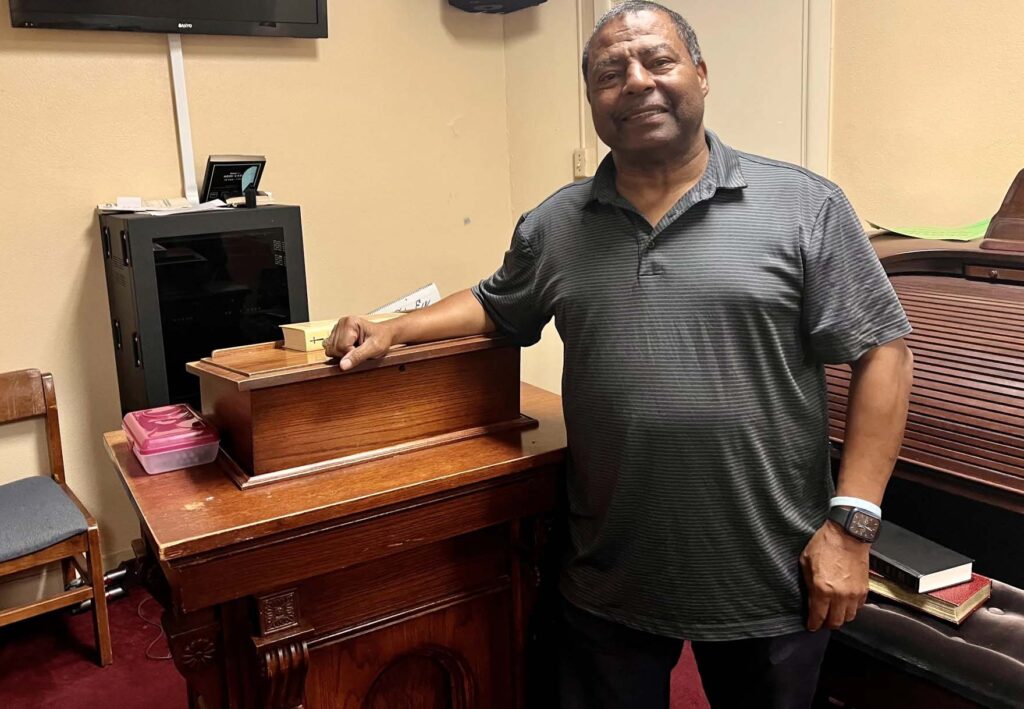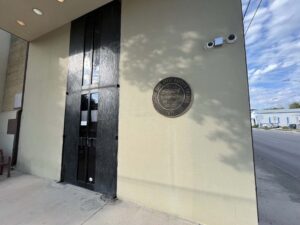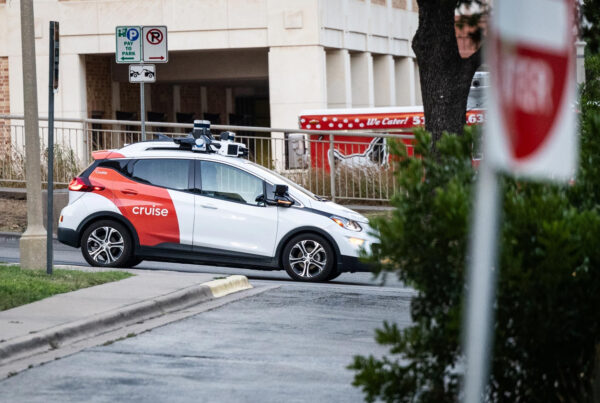From Texas Public Radio:
At Mount Zion First Baptist Church on San Antonio’s near East Side, Pastor Otis Mitchell stands in the church’s basement chapel and points to a simple wooden pulpit.
“When the church was first built in 1925, they could not afford to finish it. So, this area was where they worshiped,” Mitchell said. “And this is the pulpit that they used back then. So, this pulpit is almost 100 years old.”
Mount Zion First Baptist Church sits across the street from Frederick Douglass Elementary at the corner of Hackberry Street and Martin Luther King Jr. Drive. The school and the church have been neighbors for almost a hundred years, and their histories are intertwined.
“More than half of the congregation who is here graduated from Douglass,” Mitchell said. “We have a symbiotic relationship. We share a parking lot. We share experiences. Our kids go there; they use the gym.”
But now, half that history is at risk of coming to an end. Douglass Elementary is one of five East Side schools slated to close under the San Antonio Independent School District’s initial proposal to consolidate schools.

Otis Mitchell has served as the pastor of Mount Zion First Baptist Church since 2006. It’s located across the street from Frederick Douglass Elementary.
Camille Phillips / TPR
Mitchell worries that closing Douglass will erase the school’s history.
“I think it was, if not the first, one of the first — colored schools they used to call them,” Mitchell said.
According to a history of Douglass published by SAISD in 2008, Douglass was established after the Civil War when the federal government required cities to provide public education to Black children. It was originally called the Rincon School, but it was renamed in honor of Frederick Douglass in 1904.
A small group of parents and activists gathered at Mount Zion recently to brainstorm ways to convince the district to change its mind.
Mitchell told the group that closing Douglass would continue a pattern of erasing the history of marginalized people.
“African American history, Native American history, Hispanic American history. It seems to not matter as much. And when you take away Douglass, you’re going to take away those three histories. And that would be wrong,” Mitchell said.
In an interview with TPR, SAISD Superintendent Jaime Aquino said the district wants to work with community leaders like Mitchell to preserve that history if Douglass is closed — perhaps by turning it into a museum.

SAISD Superintendent Jaime Aquino speaks to families and staff at Douglass Elementary during a community meeting to discuss the district’s consolidation plan on Sept. 27, 2023.
“Honoring our legacy, our history, our heritage is significantly important,” Aquino said. “However, that should not then be the reason for our inability to provide a better future for our current students. And I believe that we can do both.”
Aquino says SAISD needs to consolidate schools in order to provide that better future for students, because right now the district’s limited funds are spread thin between too many campuses. Over the past two and a half decades, the district’s enrollment has dropped from more than 60,000 students to less than 45,000.
“We all went into this business because we care about doing the right thing for our kids,” Aquino said. “And what we are telling you is this is the right thing to do, and it’s really long overdue.”
Even though the East Side — represented by single-member district 2 trustee Alicia Sebastian — only accounts for a seventh of the residents in SAISD,it has a quarter of the 19 schools recommended for closure.
Aquino said the reason the East Side has the most schools on the initial closure list is because the East Side has lost the most students.
The district’s framework for deciding what schools to close is based on enrollment, and any school that fit the criteria was added to the list.
“We needed to make sure that it was objective, that we were treating everybody the same way,” Aquino said.















